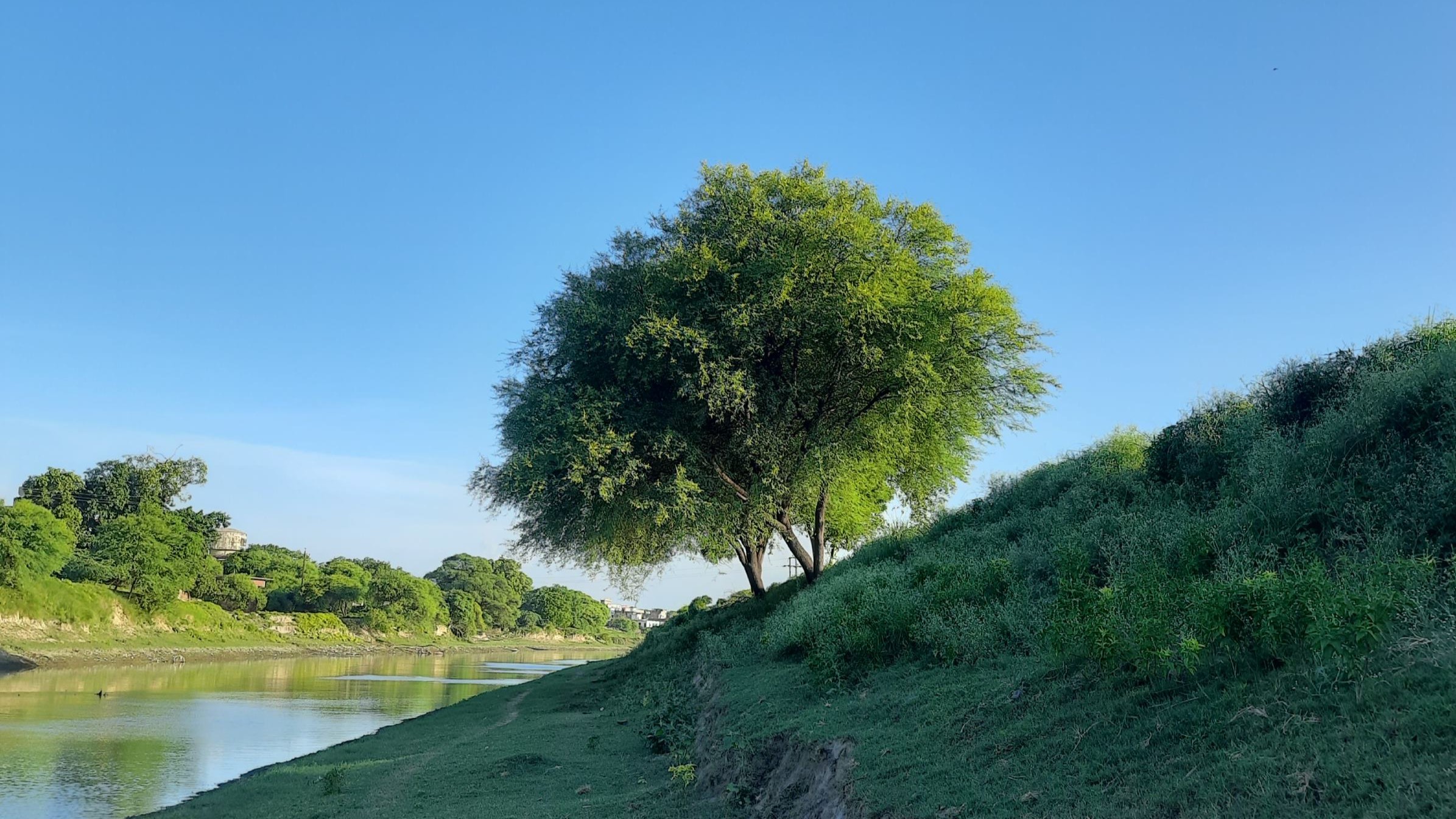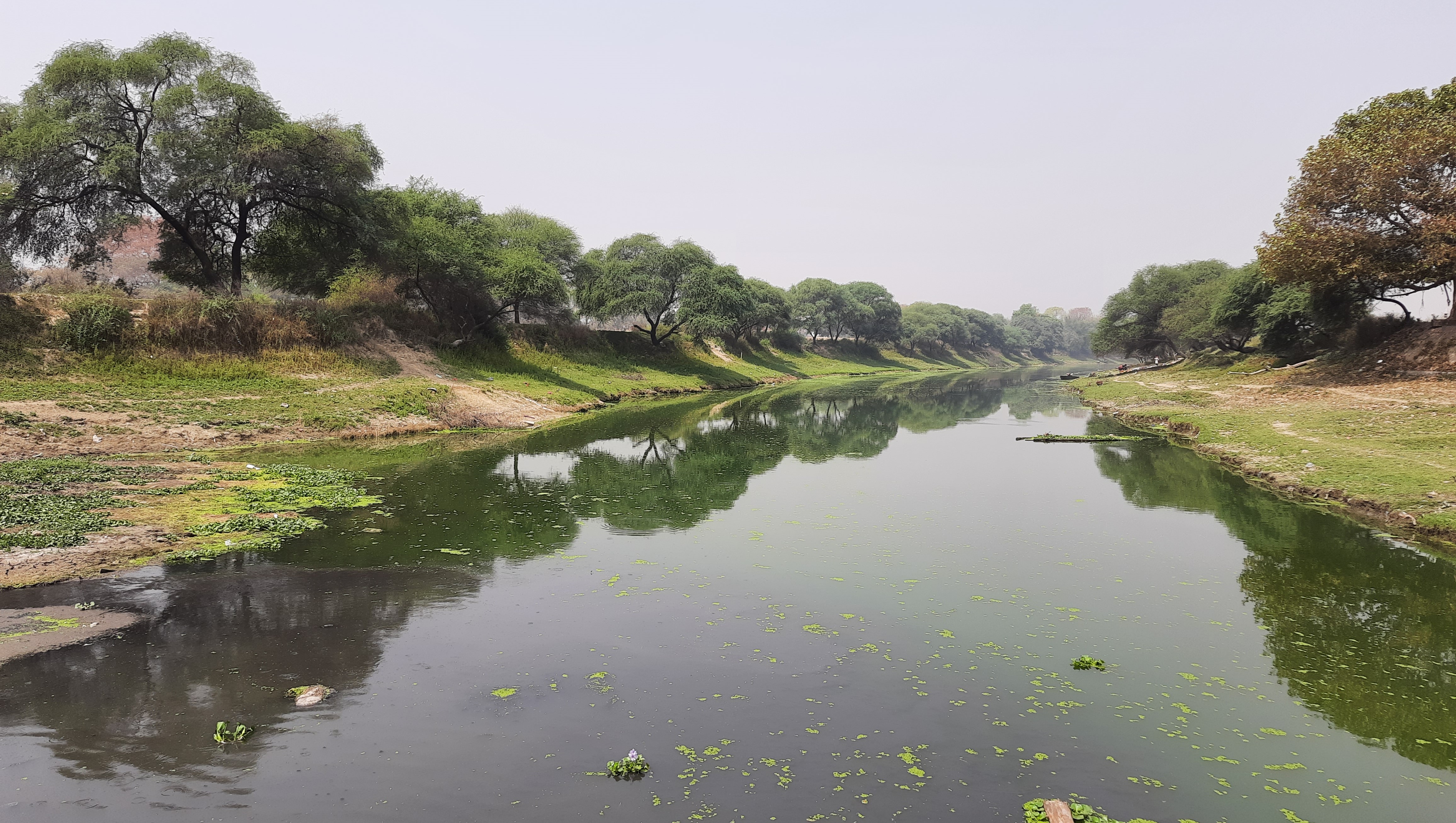
Community Efforts in Tree Planting
1. Importance of Community Involvement Community involvement is crucial for the success of tree planting initiatives. Engaging local communities ensures that projects are sustainable, well-maintained, and tailored to the specific needs and conditions of the area. Ownership and Stewardship: When community members are involved in tree planting, they develop a sense of ownership and responsibility towards the trees. This increases the likelihood of long-term care and maintenance. Local Knowledge: Communities possess valuable local knowledge about the land, climate, and native species. This information is essential for selecting the right trees and planting them in suitable locations. Social Cohesion: Tree planting activities can bring people together, fostering social cohesion and community spirit. These activities provide opportunities for collaboration, learning, and shared goals.
2. Planning and Preparation Effective community tree planting projects require careful planning and preparation to ensure success and sustainability. Needs Assessment: Conducting a needs assessment helps identify the specific goals and objectives of the tree planting project. This may include improving air quality, providing shade, enhancing biodiversity, or preventing soil erosion. Site Selection: Choosing the right location is critical. Factors to consider include soil quality, water availability, sunlight, and the presence of existing vegetation. Tree Selection: Selecting appropriate tree species is crucial for the success of the project. Native species are often preferred because they are well-adapted to local conditions and support local wildlife. Resource Mobilization: Securing the necessary resources, such as funding, tools, seedlings, and expertise, is essential for the project’s success.
3. Community Engagement and Education Engaging and educating the community is key to the success of tree planting initiatives. Awareness Campaigns: Raising awareness about the benefits of trees and the importance of tree planting can motivate community members to get involved. This can be achieved through workshops, seminars, social media, and local events. Training and Capacity Building: Providing training on tree planting techniques, maintenance, and monitoring ensures that community members have the skills needed to care for the trees. Involvement of Schools and Youth Groups: Engaging schools and youth groups in tree planting activities can educate the younger generation about environmental stewardship and create a sense of responsibility towards nature.
4. Implementation of Tree Planting Activities The actual planting of trees involves several key steps to ensure their survival and growth. Preparation of Planting Sites: This includes clearing the site, preparing the soil, and marking the planting spots. Planting Techniques: Proper planting techniques, such as digging appropriate-sized holes, careful handling of seedlings, and proper watering, are essential for the survival of the trees. Protective Measures: Installing tree guards or fencing can protect young trees from grazing animals, pests, and human interference.
5. Maintenance and Monitoring Ongoing maintenance and monitoring are critical for the success of tree planting projects. Watering: Regular watering is essential, especially during the early stages of growth. Community members can organize schedules to ensure consistent care. Weeding and Mulching: Removing weeds and applying mulch around the base of trees helps retain moisture, suppress weeds, and improve soil health. Pruning and Pest Control: Pruning helps shape the trees and remove any damaged or diseased branches. Monitoring for pests and diseases and taking appropriate action is crucial to prevent infestations. Monitoring Growth: Regular monitoring of tree growth and health helps identify any issues early and allows for timely interventions.
6. Success Stories and Case Studies Learning from successful community tree planting projects can provide valuable insights and inspiration. Case Study: Greening Urban Spaces in Nairobi, Kenya: Community groups in Nairobi have successfully transformed degraded urban areas into green spaces by planting thousands of trees. These projects have improved air quality, provided shade, and created recreational areas for residents. Case Study: Reforestation in the Brazilian Amazon: Indigenous communities in the Brazilian Amazon have led reforestation efforts, planting native tree species to restore degraded forest lands. These projects have enhanced biodiversity, improved soil health, and supported sustainable livelihoods. Case Study: Urban Tree Planting in New York City, USA: The MillionTreesNYC initiative involved community volunteers in planting one million trees across the city. This project has increased green cover, reduced the urban heat island effect, and improved residents' quality of life.
7. Challenges and Solutions Community tree planting projects may face several challenges, but with careful planning and collaboration, these can be overcome. Funding Constraints: Securing sufficient funding can be challenging. Solutions include seeking grants, crowdfunding, and partnering with local businesses and organizations. Technical Knowledge: Lack of technical knowledge can hinder the success of tree planting projects. Providing training and involving experts can help address this issue. Community Engagement: Engaging the community and maintaining interest over time can be difficult. Continuous awareness campaigns, incentives, and showcasing the benefits of tree planting can keep the community motivated.
8. Policy and Institutional Support Support from policies and institutions is vital for the success and sustainability of community tree planting projects. Government Support: Government policies and programs that promote tree planting and provide resources and incentives can significantly enhance community efforts. NGO and Institutional Partnerships: Collaborating with non-governmental organizations, research institutions, and private sector partners can provide technical expertise, funding, and additional resources. Policy Advocacy: Advocating for policies that protect forests, promote reforestation, and support community-led initiatives can create a favorable environment for tree planting projects.


